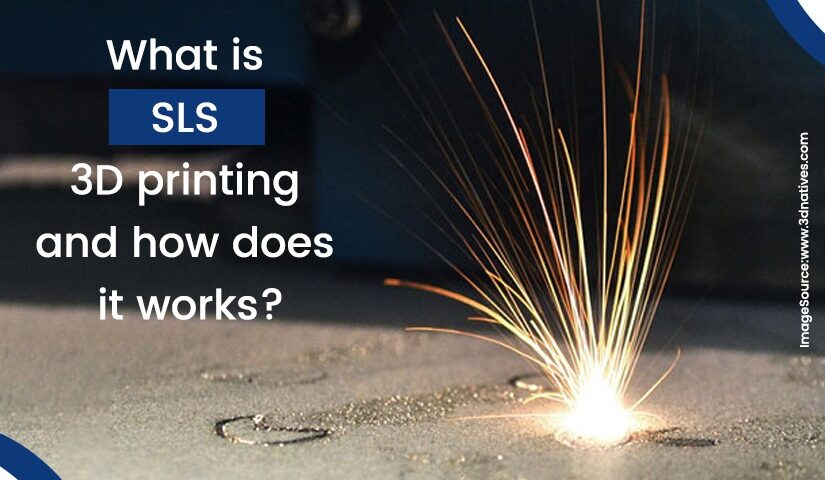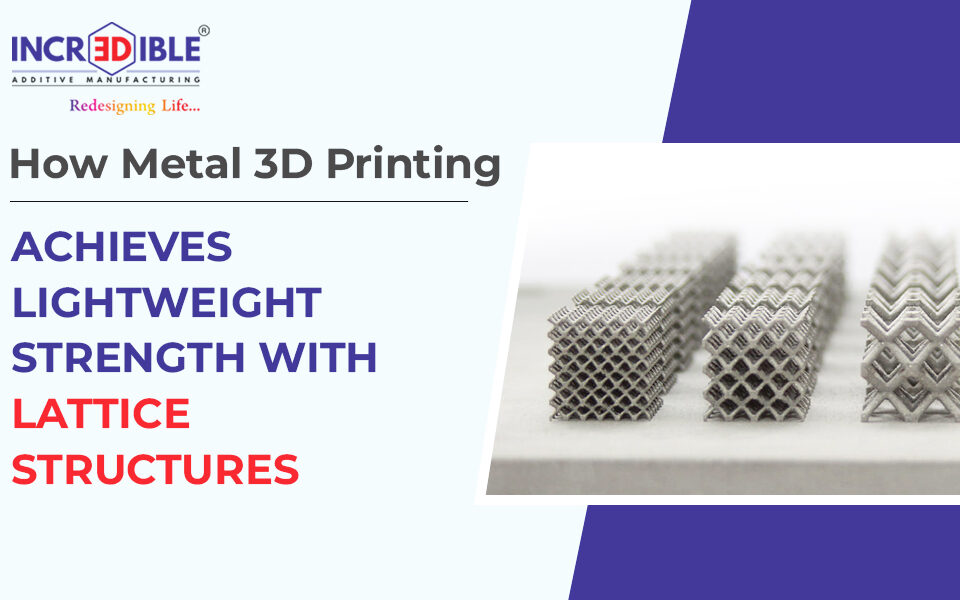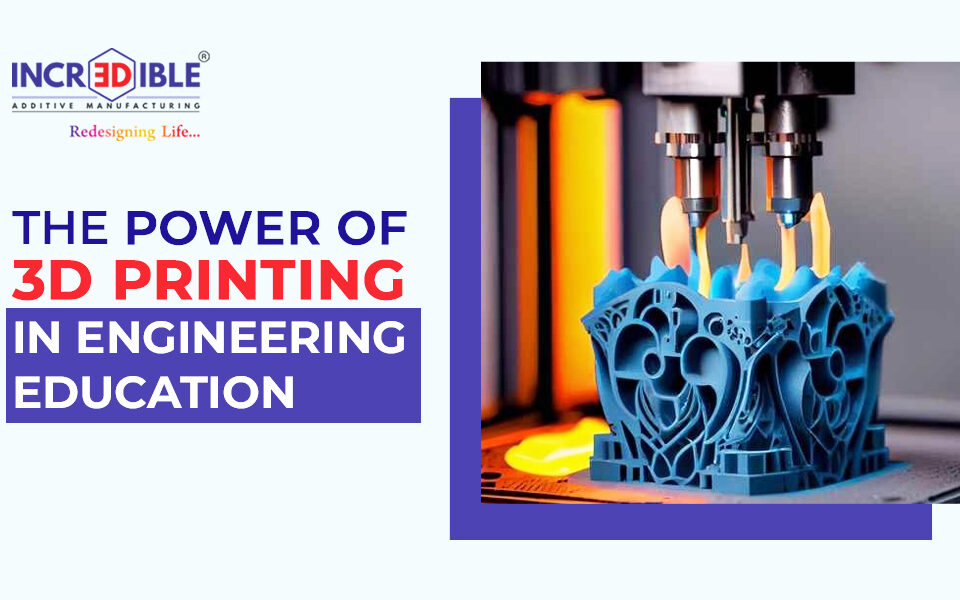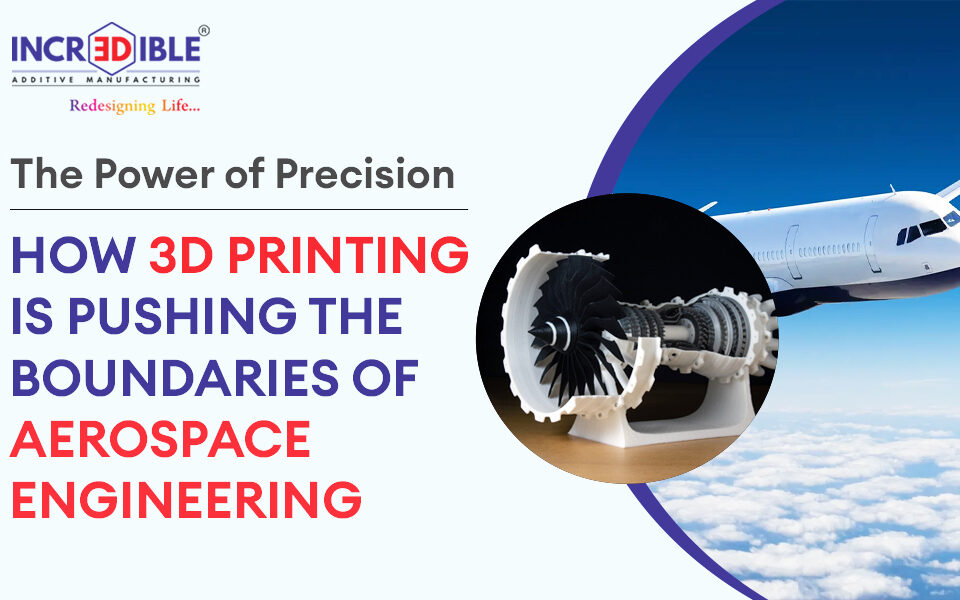Selective Laser Sintering (SLS), an additive manufacturing technique, belongs to the Powder Bed Fusion printing method category. A laser selectively sinters the particles of a polymer powder in SLS 3D printing, fusing them together and building a part layer by layer. The products created from SLS use thermoplastic polymers that are granular in nature.
3D Incredible creates 3d printed materials at its well-equipped manufacturing unit in Pune. It offers the best products and services used in several applications.
Here, let us learn about the basics of SLS 3d printing technology and how it works.
What is SLS 3d printing?
SLS is an industrial 3D printing process that produces accurate prototypes and functional production parts in as little as one day. This versatile method is a great alternative to injection molding for making items in low volume.
We have several nylon-based materials and thermoplastic polyurethane (TPU) that make highly durable final parts requiring heat resistance, chemical resistance, flexibility, or dimensional stability.
We use SLS 3d printing method to make components for different applications. Some of the potent use of SLS printing is in making jigs and fixtures, housings, snap fits, living hinges, etc.
How does SLS 3d printing create an object?
We use a laser in SLS 3D printing to sinter small particles of polymer powder. Before creating the three-dimensional object, the entire cross-section of the part is scanned to ensure that the part is built solidly. The procedure is as follows:
- The build area and powder bin are first heated to a temperature just below the polymer’s melting point.
- A thin coating of powder is applied to the build platform by a re-coating blade.
- The polymer powder particles are then selectively sintered using a CO2 laser as it scans the contour of the subsequent layer.
- The build platform descends after each layer gets finished, and the blade coats the surface once more. The procedure gets repeated until we obtain a complete part.
- The parts are then encapsulated in unsintered powder. Before unpacking the parts, the powder bin must cool, which can take a long time—sometimes up to 12 hours.
- The parts are then prepared for use or for additional post-processing after being cleaned with compressed air or another blasting medium.
Now, here is how the SLS 3d printer works.
Before starting the printing, all process parameters for an SLS 3D printer are pre-set. The standard or the default layer height is in the range of 100 and 120 microns.
SLS 3D printing does not require support structures and it is one of its significant benefits. The part receives all the support it needs from the unsintered powder. Because of this, SLS can be used to produce free-form geometries, which otherwise other techniques fail at.
When printing with SLS, especially for small batch productions, it’s crucial to utilise the entire build volume. No matter how many parts you want to create, a bin of a given height will print all of them in about the same amount of time. This is because laser scanning is a fast process as a result it saves time. It is the re-coating step that actually determines the time for the total processing. Regardless of the number of parts, the machine must cycle through the same number of layers. Small order lead times may be impacted by bin packing because operators might wait until a bin is full before beginning a print task.
Factors affecting the characteristics of SLS 3d printed parts
- Layer Adhesion
In SLS 3D printing, the layer bonds are extremely strong. As a result, the mechanical characteristics of SLS-printed parts are practically isotropic.
The tensile strength and modulus of SLS parts are excellent and comparable to those of the bulk material, but they are more brittle and have a much lower elongation at break. This is caused by the final component’s internal porosity.
- Shrinkage and warping
SLS components are prone to warping and shrinking. The underlying layer is pulled upward as the freshly sintered layer cools and experiences internal stress build-up.
The likelihood of warping large flat surfaces is highest. The best practice is to reduce the volume of the part by reducing the thickness of the flat areas and by incorporating cut-outs into the design. The problem can be somewhat alleviated by positioning the part vertically in the build platform. Due to the use of less material, this strategy will also lower the part’s overall cost.
- Over sintering
Radiant heat fuses unsintered powder all around a feature, which is known as oversintering. Small features, like slots and holes, may become less detailed as a result. Slots and holes with diameters greater than 0.8 mm and 2 mm can generally be printed in SLS without fear of oversintering.
- Powder Removal
Hollow section parts can be printed easily and accurately with SLS because it doesn’t need any support material.
As less material is used in hollow sections, a part is lighter and less expensive. Escape holes are required to get the unsintered powder out of the component’s inner sections. We advise including a minimum of two 5mm-diameter escape holes in your design.
However, to obtain a high degree of stiffness, components can be made solid. For this, you can create a hollow design without escape holes. This entraps the tightly packed powder thereby, increasing the mass of the printed component. This also adds a little support against mechanical loads without slowing down the build process. To further boost the component’s stiffness and reduce warping, an internal honeycomb lattice structure can be added to the hollowed interior.
Conclusion
SLS 3d printing is a great way to obtain functional components with good mechanical and isotropic behavior.
3D Incredible, a pioneer in the field of 3d printing in India uses several 3d printing techniques including SLS 3d printing to obtain the perfect parts and components that are being used in different applications. At our state-of-the-art facility, we have the latest and most efficient 3d printing machine. In addition, we use materials that are most suitable for printing specific components.
Connect with us and avail our 3d printing services and products.




